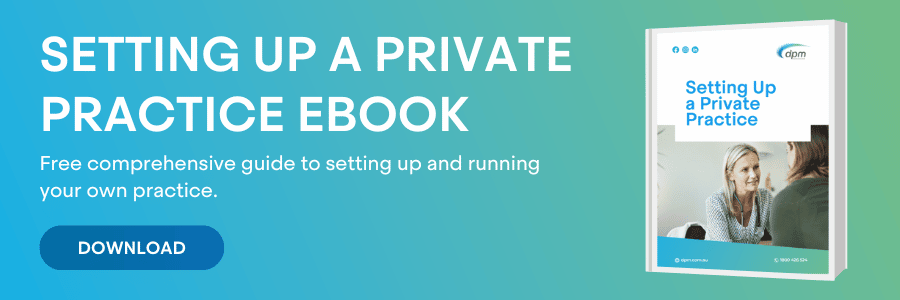Starting or buying a practice can be one of the most exciting milestones of a doctor’s career.
However with so much to consider, you might forget to think about the risks involved and how to manage them. This is why it’s so important to get tailored advice from your accountant and lawyer well in advance of seeing your first patient. They will talk you through all the things that could go wrong and discuss how each of these risks can be mitigated. Next step is to get a medical specialist insurance adviser involved.
Apart from compulsory medical indemnity insurance, you will need to consider the following types of insurance when setting up a practice:
- Business Package Insurance: This will typically include public liability, property cover including equipment and fitout, theft, business interruption and equipment breakdown.
- Practice Indemnity Insurance: In your new practice, you may be assisted by nurses, practice managers and receptionists. There are many exposures involving the interaction between your staff and patients that may not be covered under other policies. The legal structure of your entity (soletrader, trust, company) may also have an impact on how the policy is set up, so it’s important to discuss this with your broker or insurer.
- Management Liability
- Network Security and Privacy
- Income Protection and Business Expense Insurance
Here’s 8 tips to ensure you keep on top of your insurance requirements and ensure your practice is adequately protected.
1. Make a list – identify your top five or ten risks and review these regularly.
Here are some examples:
- Medical Indemnity Insurance. All practising medical practitioners must be insured or otherwise indemnified for their entire scope of practice, whether via their employer’s indemnity arrangements or through their own medical indemnity insurer. This means it is mandatory for all doctors in private practice to have their own personal medical indemnity insurance.
- Practice Indemnity Insurance. While not compulsory, there are exposures a practice may face that will not fall within their own medical indemnity cover. If you are buying an existing practice, ask your insurer if you are covered for events that occurred under the previous owners.
- Injury to staff or patients
- Cyber-attack
- Privacy breaches
- Damage to premises, including the fit-out
- Loss or damage to equipment
- Loss of revenue or personal income
- Director’s responsibilities
- Employment issues
- Theft by employees or third parties
2. Appoint a risk champion.
It could be yourself, the practice manager or another trusted person.
3. Set up a risk register.
Every doctor and staff member must be obliged to record every incident, no matter how trivial they think it is. It is a good idea to make it someone’s job to send everyone in the practice an email each month asking direct questions about any incidents or near misses. Headings on the register can include:
- Date
- Description of incident
- Remedial action
- Outcome
- Suggestions for avoiding future incidents
4. Discuss regularly.
Include a report from the risk register as a standard agenda item at your monthly or quarterly management meetings and ensure every staff member and contractor is aware of every incident so that you can all learn from each other’s mistakes.
5. Compile policies.
These should cover privacy, IT security, emergency procedures, HR.
6. Stage drills and role play.
Be creative and include fire, medical emergencies, angry patients and missing pathology reports or patient files.
7. Share knowledge.
Hold an annual risk workshop covering topics such as dealing with privacy, cybersecurity or following up with patients if a colleague is on leave.
8. Review annually.
This could include levels of cover and types of insurance as your needs change. It’s always a good idea to compare quotes with what’s available on the market
Regardless of how much insurance cover you buy, there are 3 things you can’t insure:
- Your reputation
- The risk of losing good staff
- Your personal health and wellbeing
“Take care. These are potentially your most significant risks,” – Eric Lowenstein – CEO – Tego insurance
Disclaimer: * The content of this article was written by Tego Insurance Pty Ltd. The information contained in this site is general and is not intended to serve as advice as your personal circumstances have not been considered. DPM Financial Services Group recommends you obtain personal advice concerning specific matters before making a decision.






